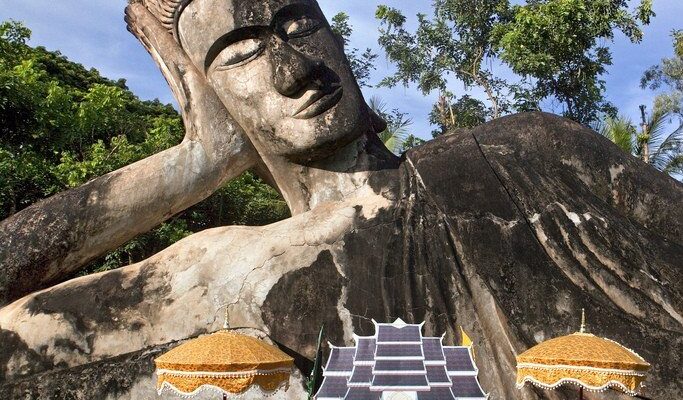Buddha Park
Buddha Park in Laos is a large religious-themed sculpture park located near the city of Vientiane. The picturesque attraction on the left bank of the Mekong River was established in 1958. Today there are more than 200 Hindu and Buddhist statues here. Laotians themselves call the park “Xieng Khuan”, which means “Ghost Town.”
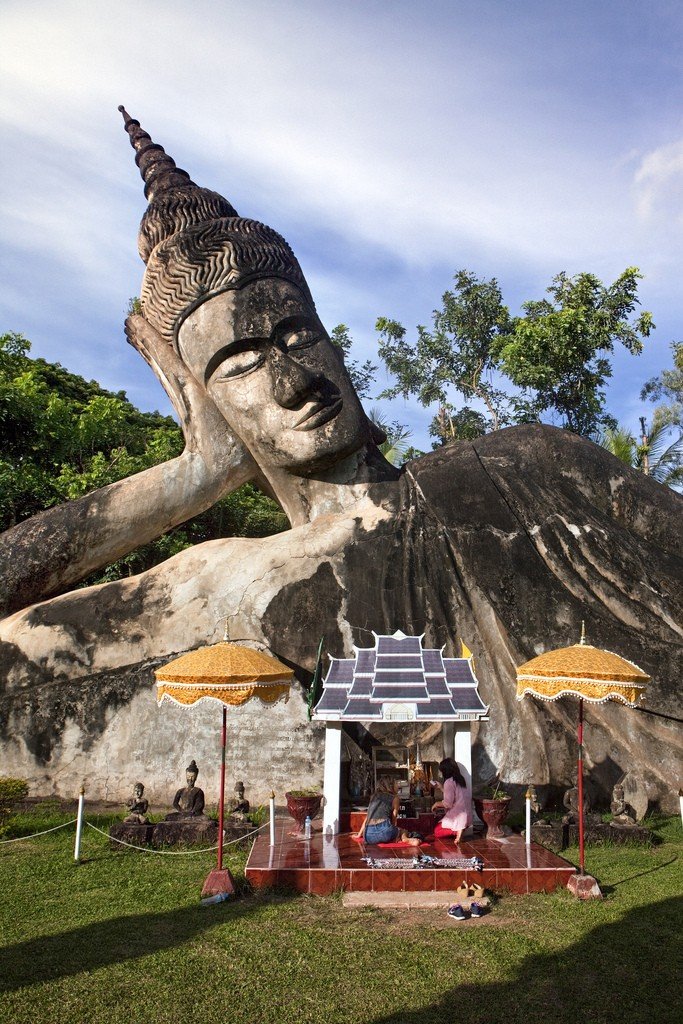
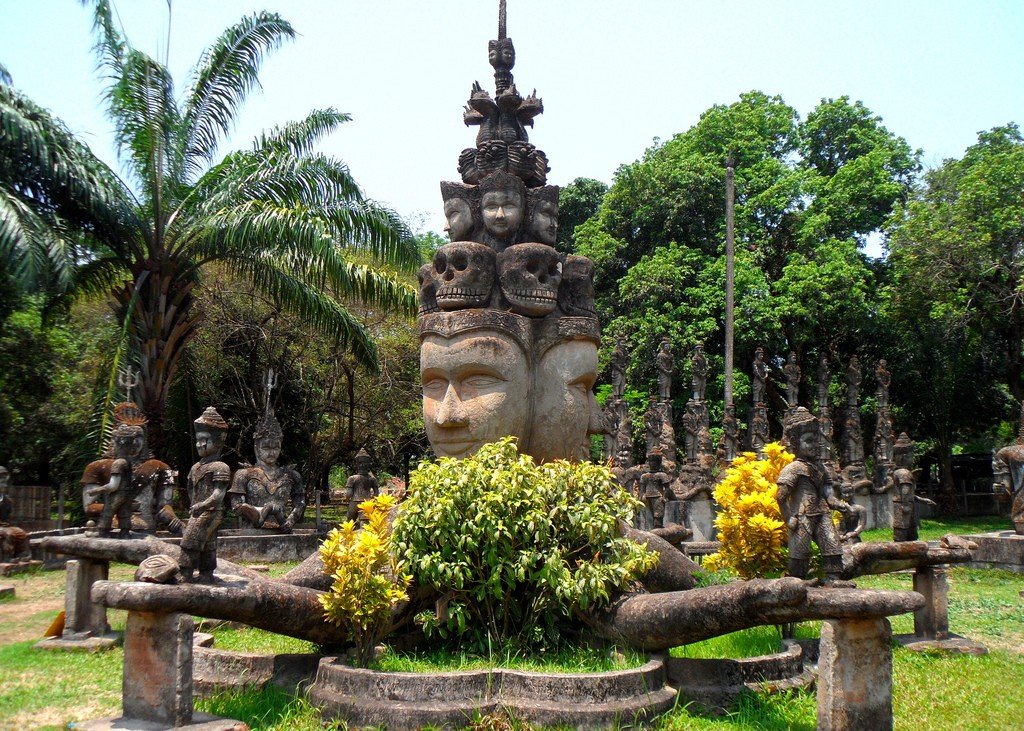
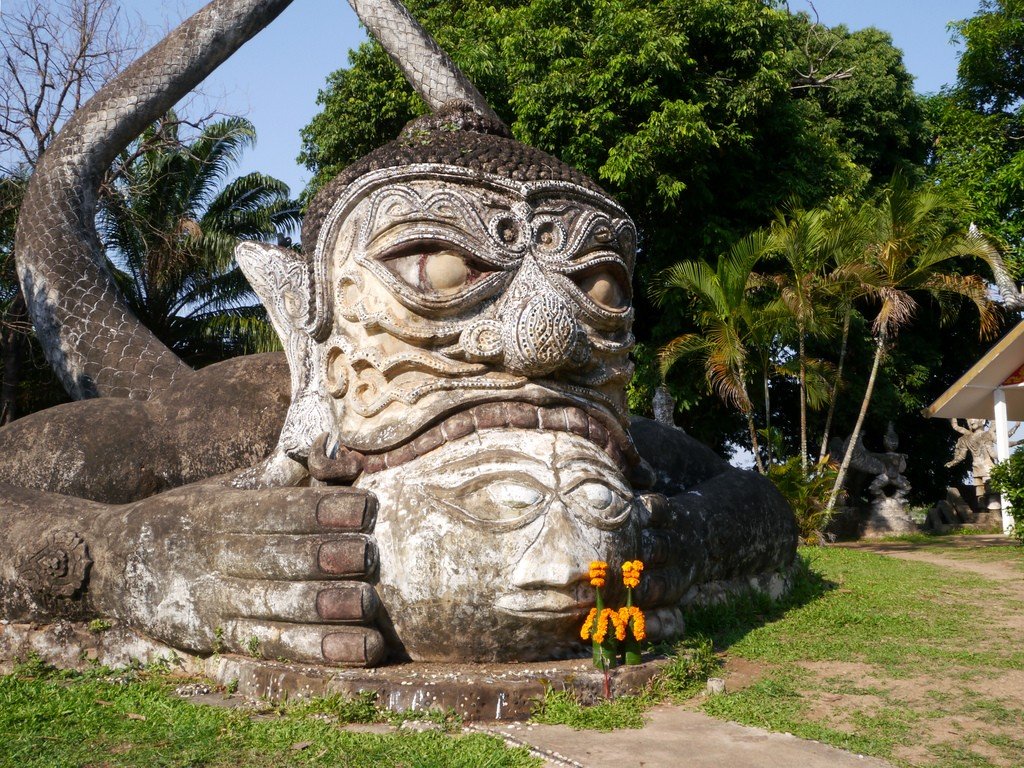
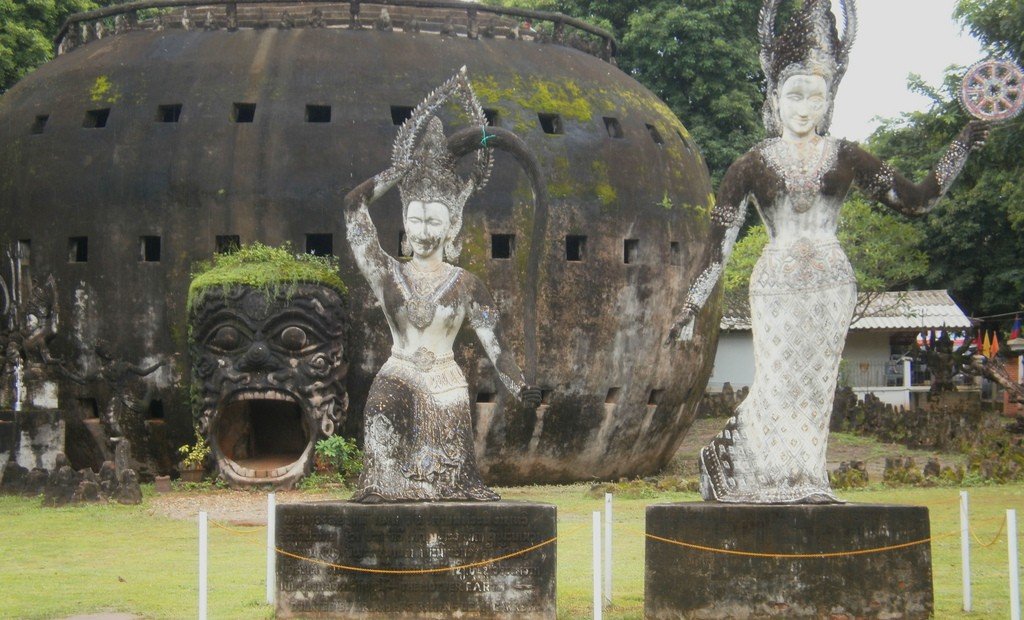
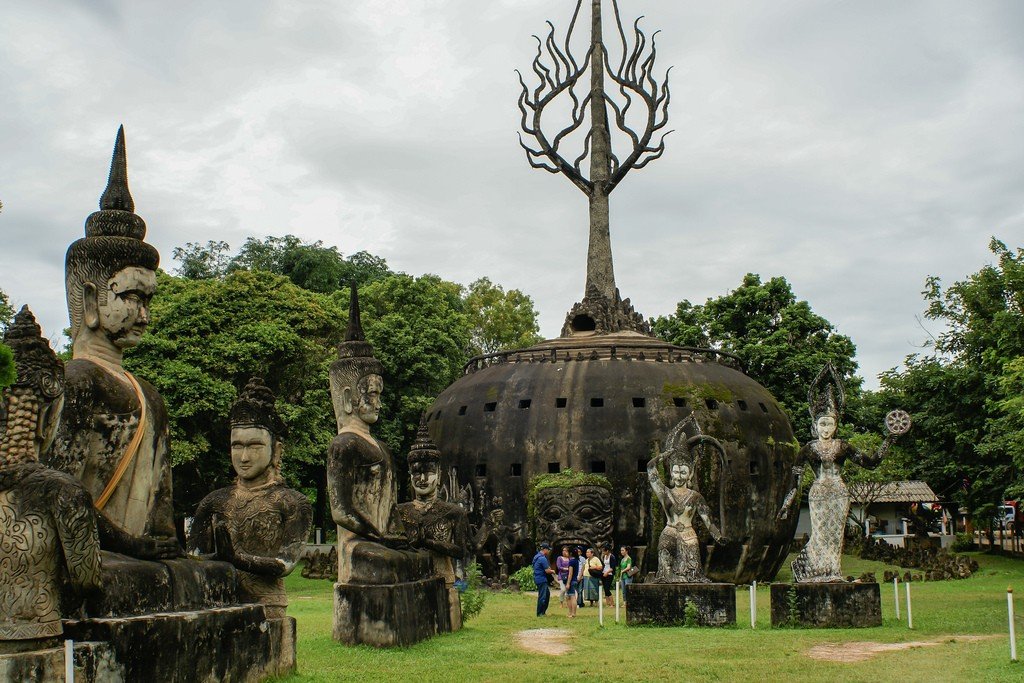
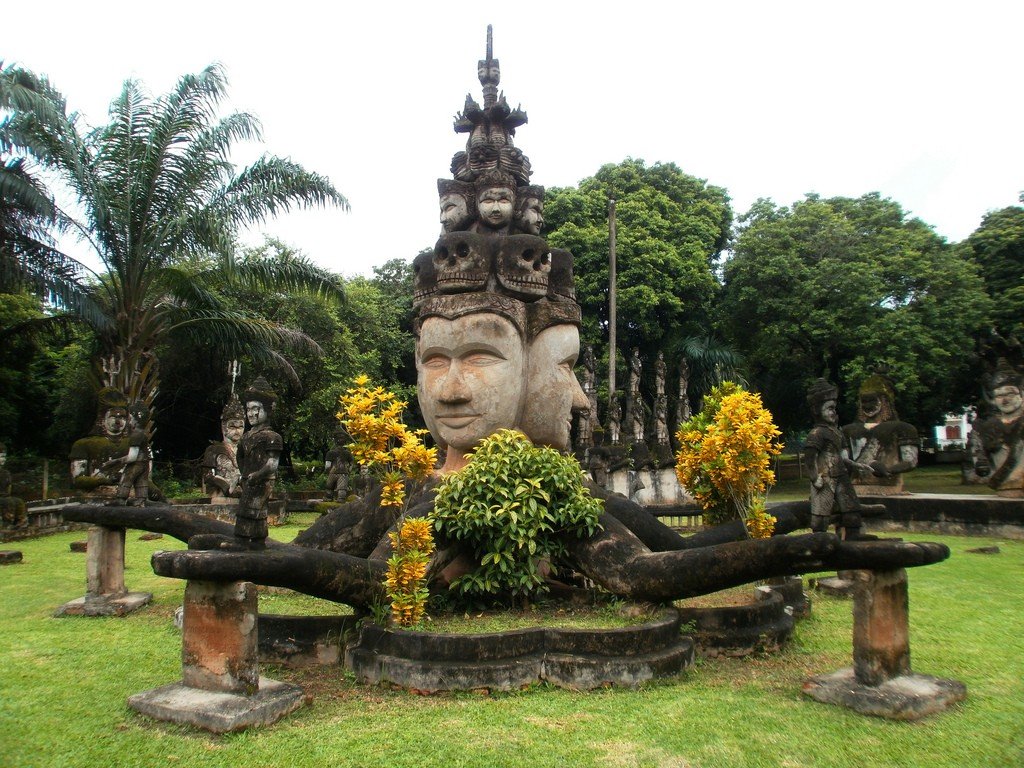
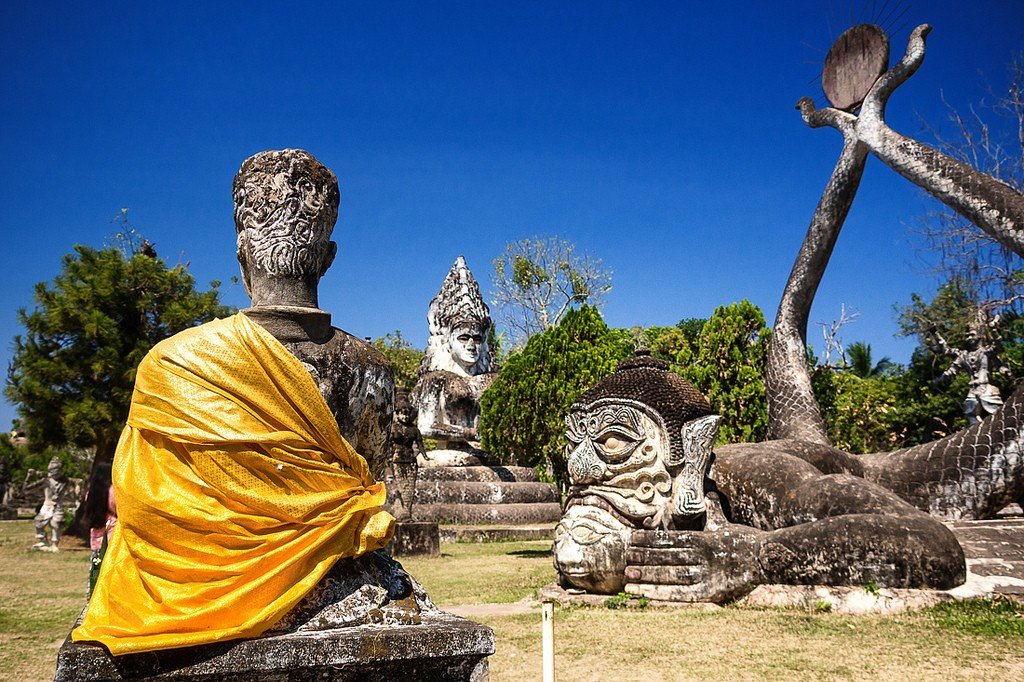
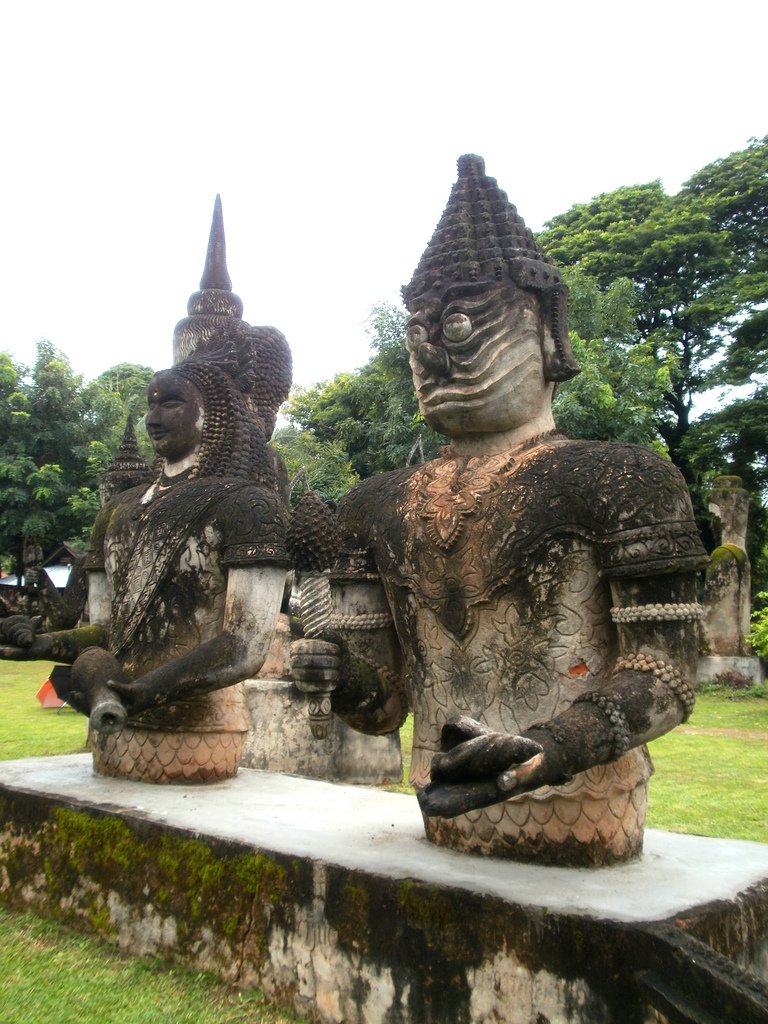
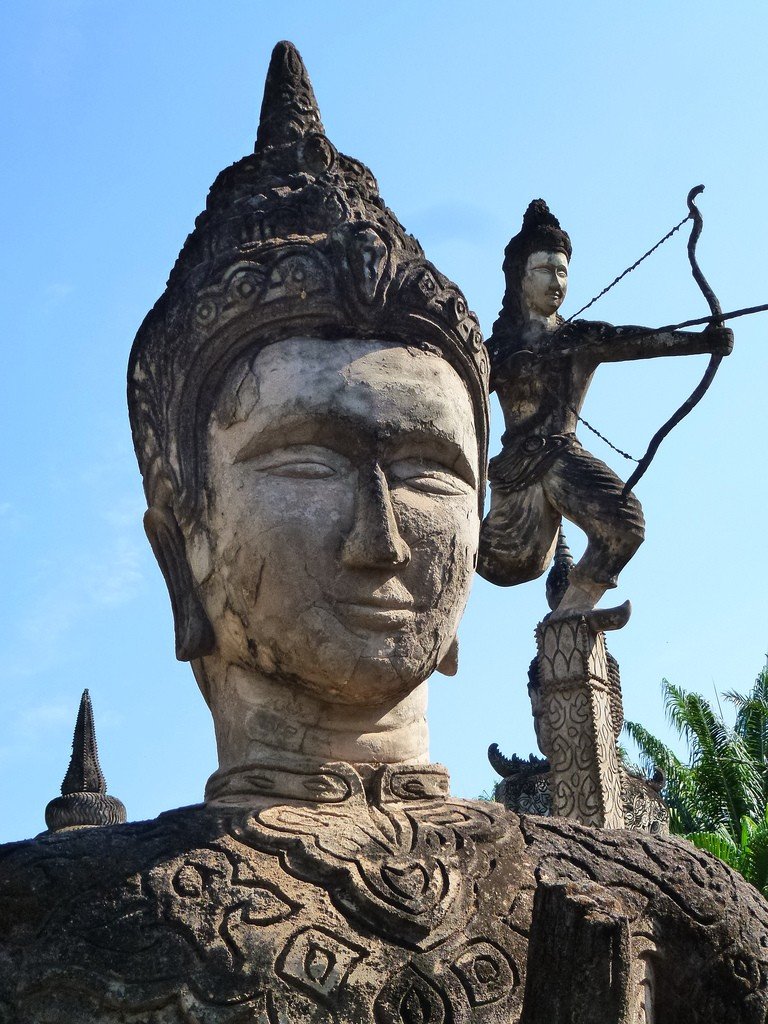
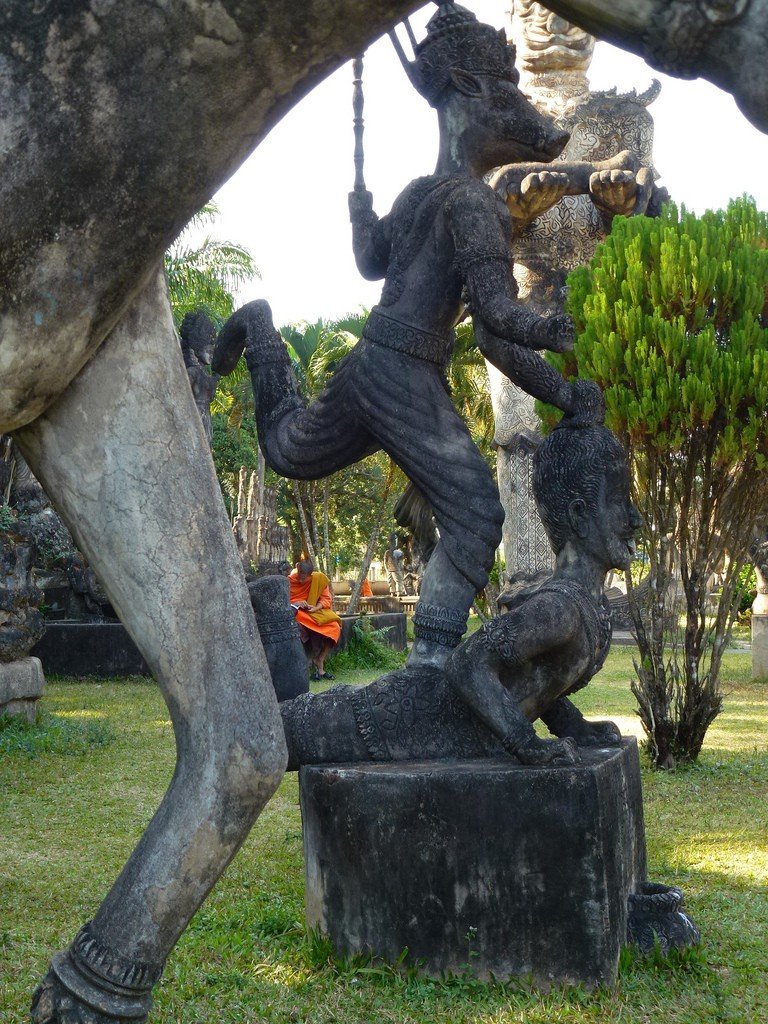
Video: Buddha Park in Laos
Highlights
To visitors to Buddha Park, it may seem that the sculptures placed here are more than a hundred years old. However, this is a deceptive impression. All the park statues are modern concrete compositions that have been “aged” by the sultry sun and tropical rains. Most of them were made under the direction of Bounlia Sulilat (1932-1996), a well-known religious leader and sculptor in Laos and Thailand.”
.The area of the sculpture park is not very large in size, so one hour is enough to explore it. Buddhist monks, Laotians themselves and, of course, tourists visit here. The Laotian attraction is popular with those who are here for a tour of Vientiane or visiting the city for the purpose of obtaining a visa from the Thai Embassy.
.When planning a visit to Buddha Park, keep in mind that it is always very hot regardless of the time of year. The air temperature stays around +36…+37 ° C. To feel better, it is worth having a supply of drinking water and often go into the shade.
.For visitors Buddha Park is open daily from 8.00 to 17.00. It costs 5,000 kip to enter, 5,000 kip to park and 3,000 kip to use the camera.
.
History of the creation of Buddha Park
The initiative to place religious statues on the banks of the Mekong belonged to Bunlaya Sulilat. Thanks to him, sculpture parks appeared on both banks of the river sacred to Buddhists. On the Lao side in 1958 created Buddha Park, and on the Thai side, 3 kilometers east of the city of Nongkhai in 20 years founded the park Sala Keoku.
.The sculptures for both parks are made of reinforced concrete using modern technology. They were made with funds from Bunlia Sulilat and donations collected by him.
Statues
The Buddha Park features figures of Buddha, the god Shiva, the demigoddesses Apsaras and the mythical serpent Naga. The largest statue depicts a reclining Buddha. It is inferior in size to the giant figure found at the famous Wat Pho, the Temple of the Lying Buddha in Bangkok, but still leaves a strong impression.
.One of the concrete structures looks like a huge pumpkin with a tree growing out of it. The entrance to the three-story structure is made in the form of a demon’s head 3 meters high. To get there, tourists have to bend down and literally kneel. Inside is a circular corridor with small square holes where the sun’s rays pass through..
Travelers find themselves among sculptural compositions symbolizing the three levels of the world order. The first floor represents hell and consists of small rooms with statues of sinners. The second floor is dedicated to earthly life, while the top, from paradise, overlooks the well-maintained grounds of Buddha Park.
.How to get there
Buddha Park is located 25 kilometers southeast of Vientiane, near the Laos-Thailand border. It is spread out on the left bank of the Mekong, 7 kilometers below the Thai-Lao Friendship Bridge. There are various ways to get here – by cab or tuk-tuk, rented car or motorcycle, and public transportation.
.From the bus station Talat Sao, which is located near the central market of the Lao capital to Buddha Park runs bus number 14. It starts transporting passengers at 5.50am and ends at 5.30pm. Buses run at intervals of 15-25 minutes. The journey to Buddha Park takes about an hour and costs 6,000 kip. The driver first drops off passengers near the Thai-Lao Friendship Bridge, near the Thai-Lao border, before heading to the entrance of Buddha Park.
.